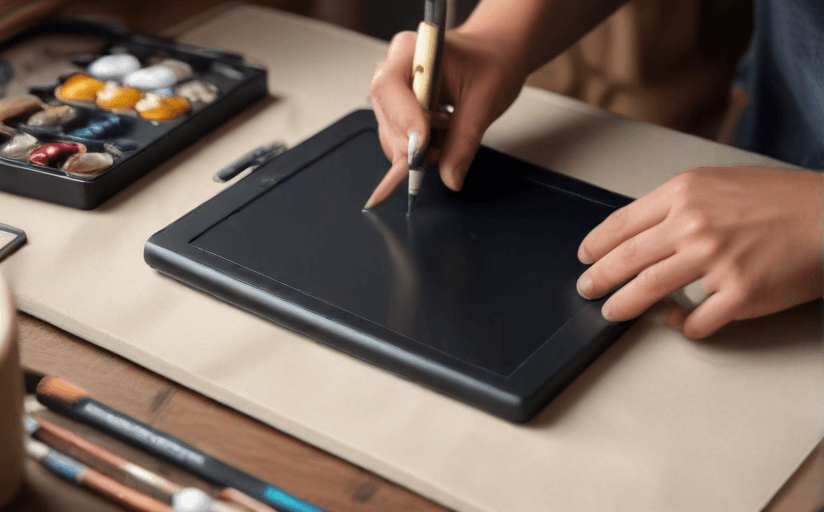Transformative Influence of Digital Technology on Traditional Art Forms
Introduction
As digital technology emerges as a formidable force in the world, its impact has significantly affected various aspects of life, most notably the traditional art forms. This article explores how painting, sculpture, music, dance, and theater have evolved due to digital technology interventions.
Digital Impact on Various Art Forms
Painting and Sculpture
With the advent of technology, digital painting and 3D modeling programs have revolutionized the world of painting and sculpture respectively. Artists can now experiment with the synthesis of physical and digital aesthetics. High-grade scanners, tablets for digital painting, and software like Adobe Photoshop have given birth to digital artistry.
Music
Music production software, digital synthesizers, and tools like auto-tune have transformed the way music is composed, produced, and shared. Furthermore, online platforms have enabled artists to distribute and market their music globally, breaking traditional limitations.
Dance and Theater
Digital technology has introduced innovative methods to choreograph and perform dance using motion capture technology. Similarly, theater performances can now use augmented and virtual reality to enhance storytelling and create immersive experiences.
Benefits and Drawbacks of Technological Interventions
While digital media offers many benefits such as wider reach and convenience, it also has its drawbacks. It has prompted debates about the authenticity, creativity, and artistic value of the arts.
Authenticity
In the era of digital art, questions about authenticity arise, as physical pieces can be easily replicated or manipulated digitally. Originality and uniqueness, once the backbone of traditional arts, have become blurred.
Creativity
On one hand, digital tools offer infinite possibilities for creativity. On the other hand, some argue that over-reliance on technology might lead to the stagnation of individual creativity.
Artistic Value
The digital reinvention of art has led to debates about its impact on artistic value. While some believe that digital tools can accomplish things that are otherwise impossible, others express concern over the depreciation of traditional skills and techniques.
The Future Trajectory
As we move forward, the interplay between digital technology and traditional art forms will continue to shape the arts. While the nature of this relationship remains fluid and open to debate, one thing is clear: technology has brought a new perspective to the art world and changed the way we perceive, create, and appreciate art. Consequently, new dynamics and ever-evolving interactions between technology and traditional arts promise a vibrant future full of endless possibilities.
Conclusion
Digital technology has unquestionably transformed traditional art forms, bringing benefits and sparking debates. As we look forward to the future of this digital-arts nexus, one can only anticipate more creative expansions and reinventions of artistic expression.




















Comments
Leave a Comment